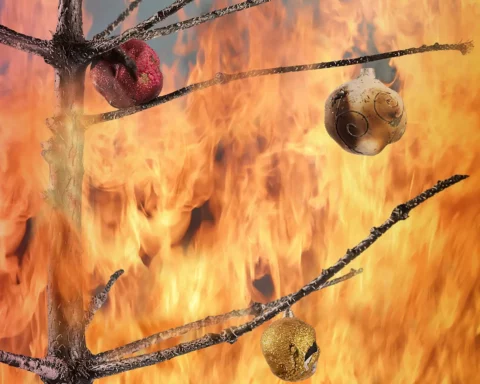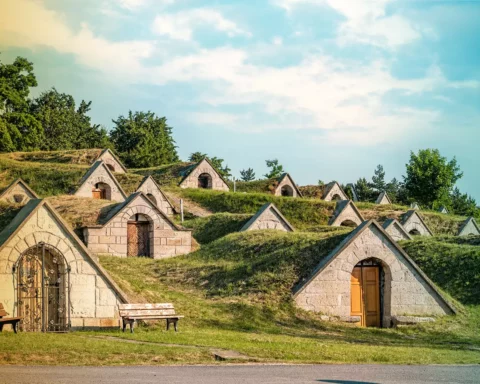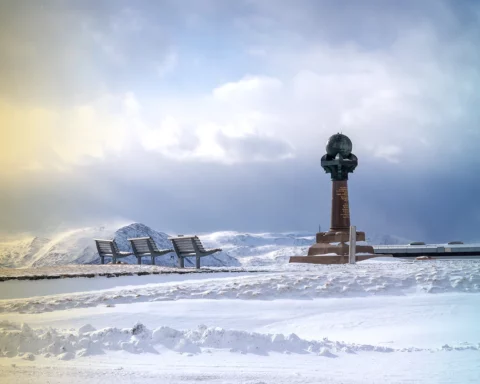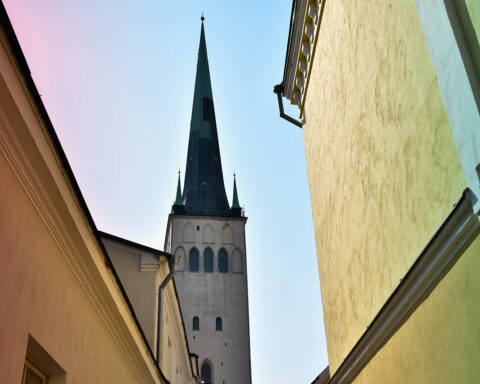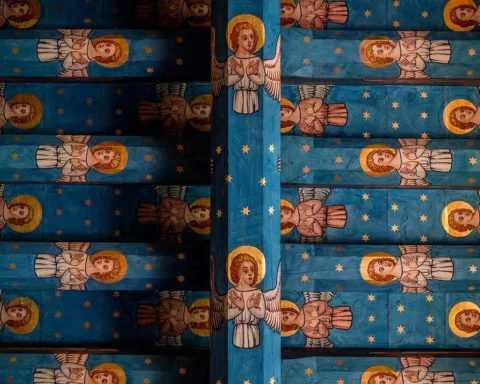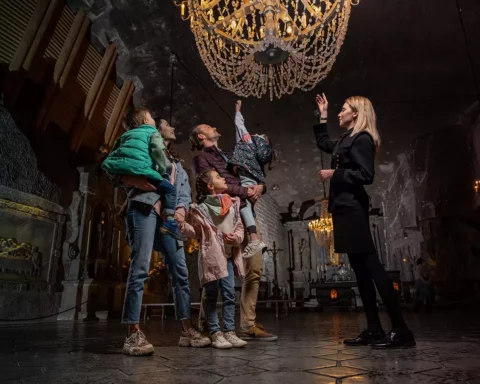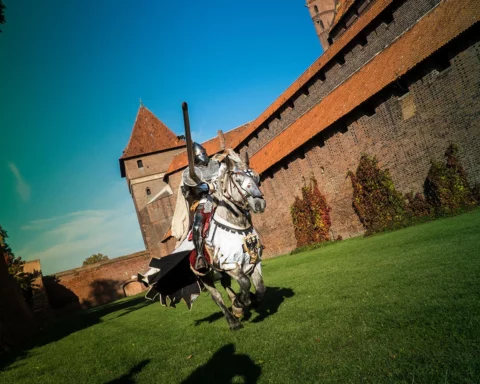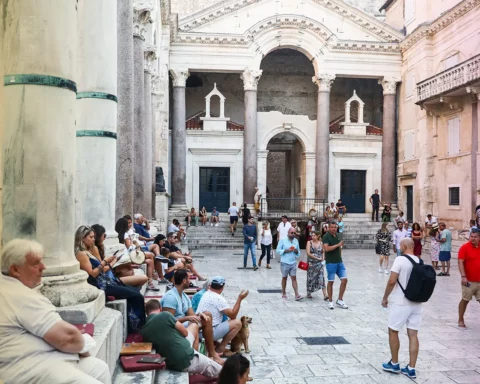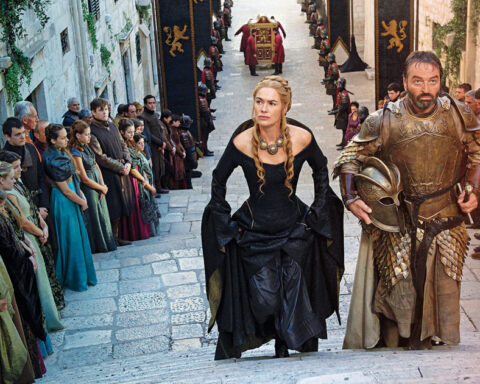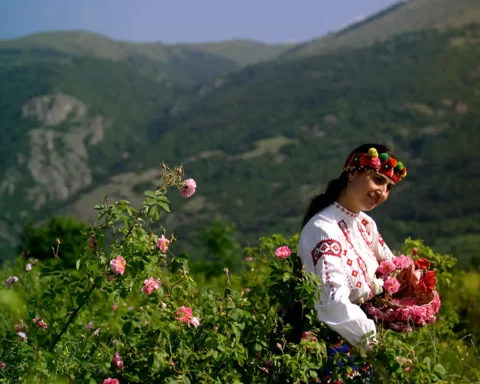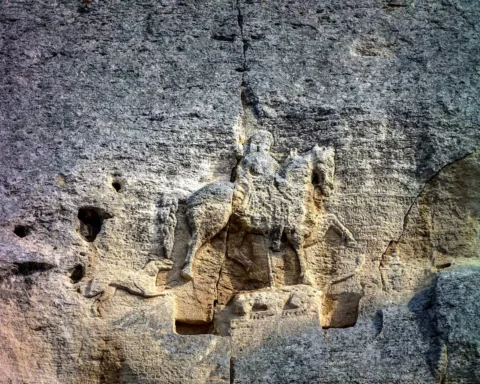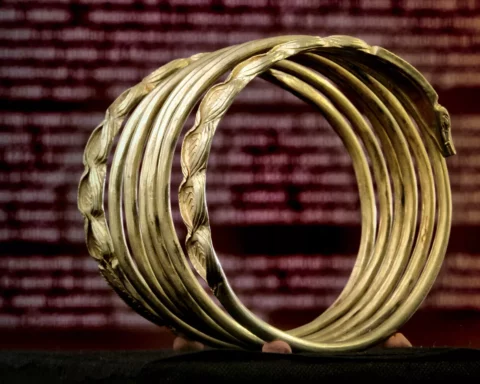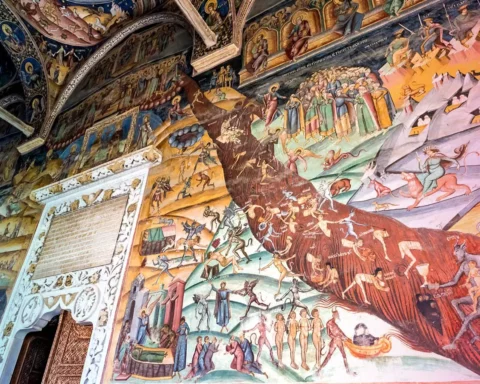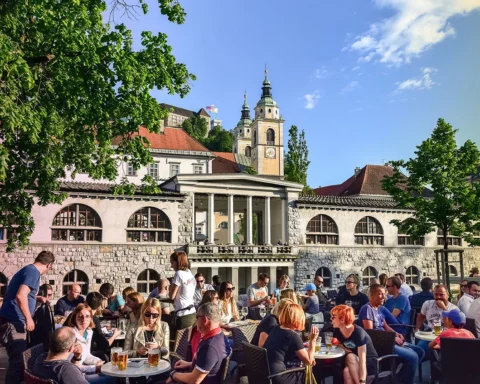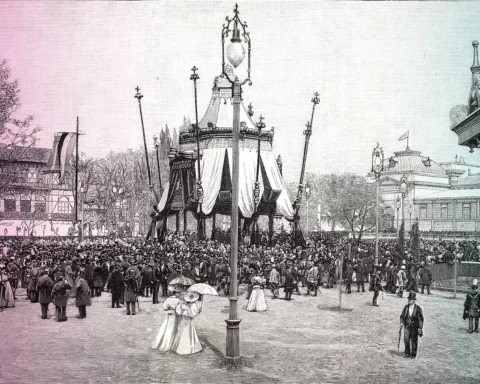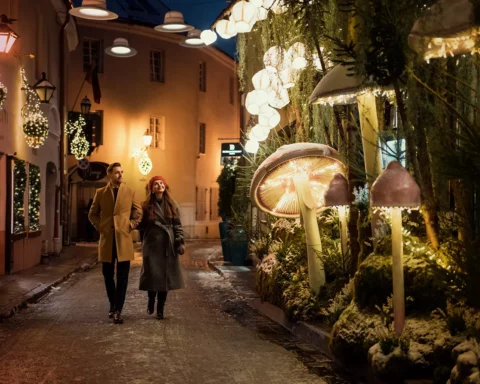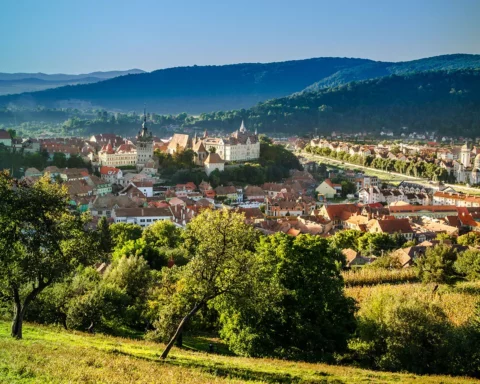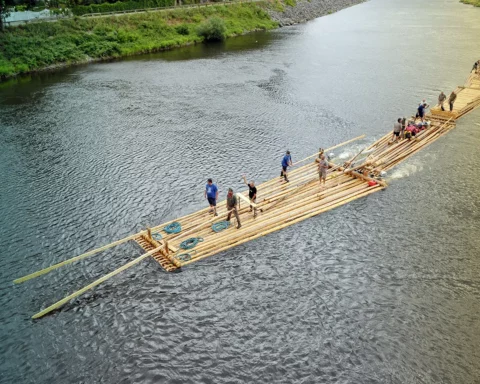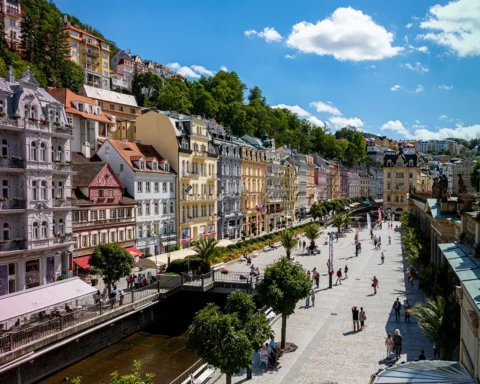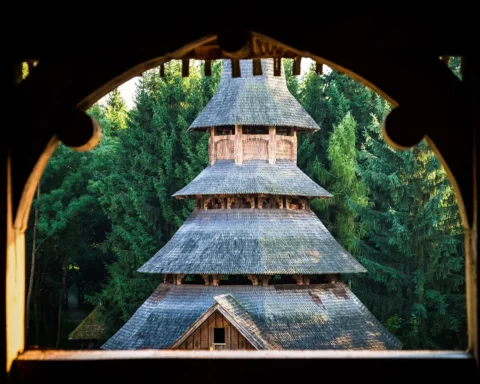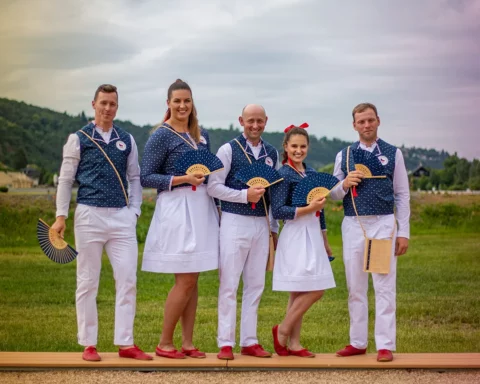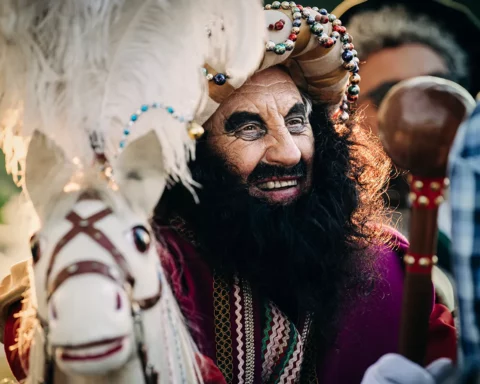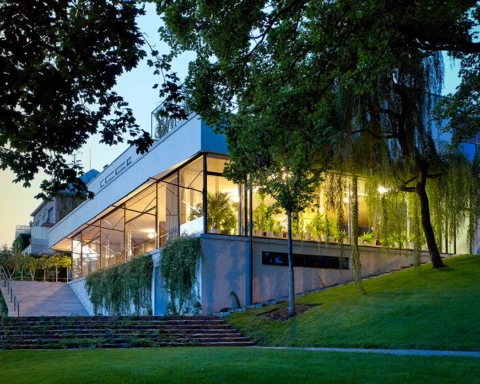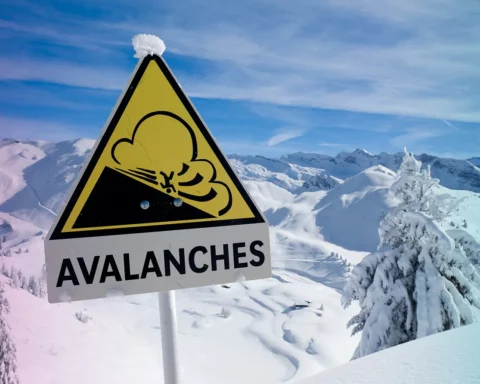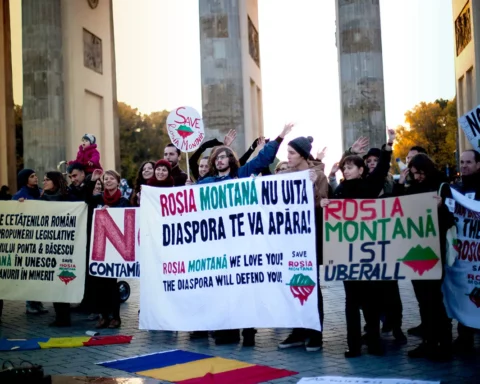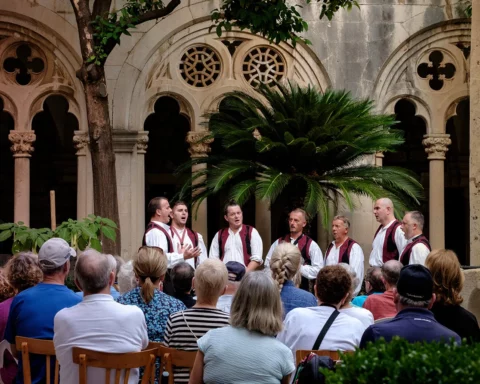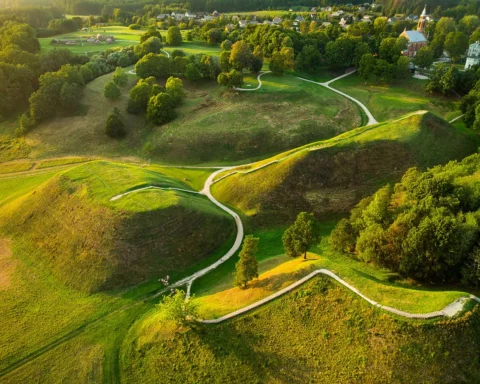Not sure if you want to believe the legend that a fir tree in this exact spot is one of the oldest Christmas traditions in Europe? Heirs to the Brotherhood of the Blackheads can show you historic proof.
The Tokaj region, famous for its wines that have been prized since the 18th century, became an official appellation in 1737, some two centuries earlier than the famous Burgundy.
The date is the 18th of the second month. The year is 7527. And no, there is nothing wrong with your calendar. According to the Ancient Bulgarian Calendar, the year is very accurate, recognized by UNESCO as the most accurate calendar in the world.
The Struve Geodetic Arc is a network of triangulation towers spanning Scandinavia to the Black Sea. They made it possible to take the first accurate measurement of a meridian arc.
Today’s race for the tallest building in the world is usually a competition between the United Arab Emirates and China. However, a few short centuries ago, St. Olaf’s Church in Tallinn held the title. (At least, maybe it did.)
With almost a thousand castles and another 1100 stately homes, Czechia tops the list of places to visit for those in search of aristocratic residences. In fact, one castle in Prague is considered the largest ancient building in the world. So how did Czechia become the land of castles?
The Medieval Wieliczka Salt Mine in southern Poland has many wonders. If a one-day visit is not enough for you, feel free to go on and just spend the night in the underground hostel.
With up to 21 hectares of area, Malbork in northern Poland was, by far, the largest gothic stronghold of the Teutonic Order. It was never conquered and only changed sides for political reasons.
There's little doubt that one of the best holiday destinations in Europe is Croatia's Dalmatian coast. This is somewhat old news, as the area was already known as a dream retirement spot 1,700 years ago, attracting even the likes of Roman emperors.
As you take in the extraordinary sights of the country, especially the city of Dubrovnik, it's easy to see why film crews from massive productions like "Star Wars" and "Game of Thrones" have chosen to shoot some of their most most meaningful scenes here.
Who would have guessed that the Damask rose, brought from Persia through Syria to Bulgaria back when the country was part of the Ottoman Empire, would one day acquire cult status? It's so essential that Bulgaria is even called the "Land of Roses." And for good reason.
Abandoned after World War Two and repopulated again in the 1990s, this small village of Holašovice, Czechia, has architecture so remarkable that it made it onto UNESCO World Heritage Site List.
In the spiritual center of Bulgaria’s First Kingdom, carved into rock on a cliff 100-meters high, lies a unique representation of a knight on horseback defeating a lion. The monument, known as the Madara Rider, still poses a riddle with regards to what is depicted on it.
This important religious and administrative capital of the Dacia historical region of Romania was added to the UNESCO list of World Heritage Sites in 1999 for its intricate fusion of both military and spiritual concepts. But it holds far greater secrets.
Prince Constantin Brâncoveanu built this holy place as a place of worship. Today, it is a UNESCO world heritage site that stands tall not just as a meaningful clerical site but also as Romania’s most emblematic piece of Brancovan architecture.
There aren’t many cities visually influenced by one man. However, every so often, a genius is born who leaves such a mark to the point of it being recognized as a world heritage site. Meet Jože Plečnik (1872-1957), the man who changed Ljubljana.
The thousandth anniversary of crowning the first Hungarian king was marked by the World Exhibition in Budapest. And boy, did the city get a glow-up to celebrate this monumental anniversary.
A city foretold by an iron wolf, built by a pagan Duke, developed by Christian kings, drowning in green vegetation, and home to hundreds of angels – Vilnius might just be the most exceptional European capital.
Built in the 12th century by German craftsmen and merchants, Sighișoara is the beating heart of the historical region of Transylvania.
Despite worldwide usage in the past, timber rafting is very rare today. Last year, a group of countries led by Czechia and Poland nominated and safely navigated it to the UNESCO heritage list.
The European aristocracy and artists loved the Czech Spas. The fame of Czech healing waters has gradually spread worldwide. The result is the 2021 inscription of the Czech Spa triangle to UNESCO.
Hidden among the calloused patches of the evergreen forests or in plain sight, these eight UNESCO-recognized wooden churches stand tall – quite literally - as symbols of faith and determination, emblems of architectural artistry and historical resistance.
Modrotisk, or Blueprinting, is an old Czech craft passed on by generations since the 16th century. It may look easy: printing white ornaments on blue fabric. But it is far more complicated than that.
Ever wondered what a Mongolian man on a hobby horse is doing representing one of the most gorgeous and historical Polish cities? There is a valid explanation!
This eel-like creature in Latvia is much more than a simple food item. The lamprey contributes to the identity of some coastal towns. Every year, locals and visitors indulge in festivals dedicated to the fish.
While appearing discreet from the outside, Černopolní Street Number 45 is a breathtaking engineering jewel of the 20th Century and is considered the first smart home. It even is on the UNESCO list!
Anyone who ever watched old-school cartoons must be familiar with the motif of a Saint Bernard dog with a little cask around its neck that saved victims of snowy atrocities with the cask's magical elixir. While it may seem funny, it’s based in truth.
When the world's largest, most diverse underground mining complex was set to become Europe's biggest open-pit mine, the people had a word to say against it. How much are Romanians willing to fight to protect Roșia Montană?
If you hear a live performance of Croatian klapa even once, you will certainly not remain indifferent to this kind of music. Because klapa has been binding people together for years, stealing their hearts and enchanting them with its unique sound.
Anyone who grew up in the early 2000s knows "Gladiator" by Ridley Scott. Yet another Hollywood movie that came out only a year later also tapped into the sword-and-sandals success of its Golden Globe-winning predecessor - but with a Central European twist.


